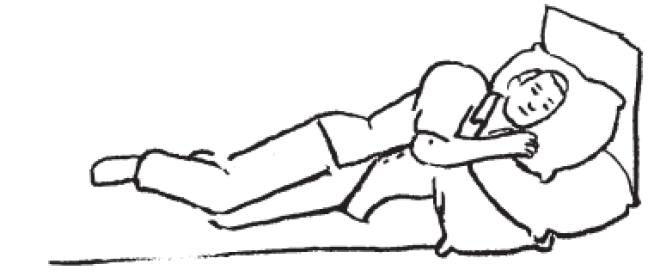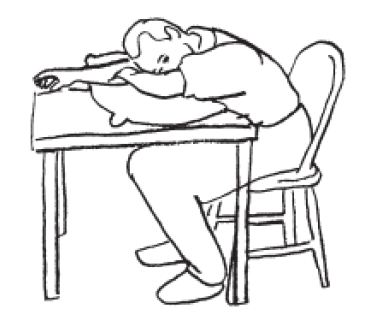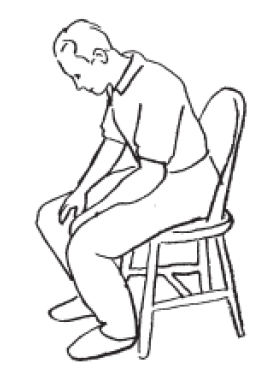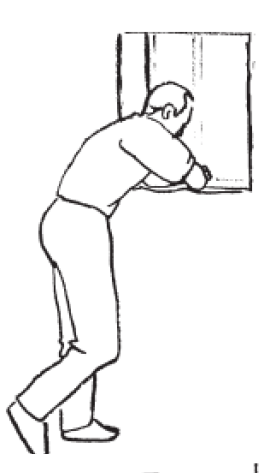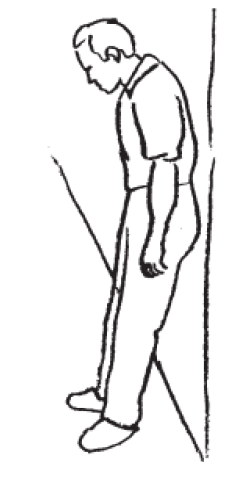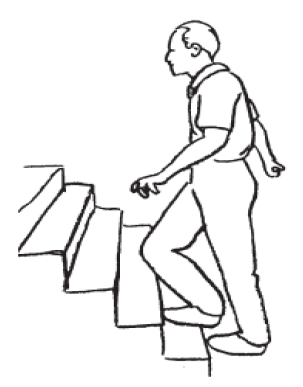Managing breathlessness
The information in this page will help you to understand breathlessness and how it can be managed.
What is breathlessness?
Breathlessness is a feeling a person has when they become aware of the weight of their breathing. Breathlessness can be described in many ways, chest tightness, difficulty in filling the lungs and difficulty breathing. Learning how to control your breathing will help to reduce these feelings.
What is breathing control?
Breathing control is gentle breathing using the lower part of your chest with the upper chest and shoulders relaxed. This will:
- Help control the effort of your breathing.
- Allow your energy to be used more effectively.
- Reduce the feeling of breathlessness.
How do I control my breathing?
- Settle yourself in a relaxed position (lying, sitting or standing).
- Make sure your back is supported.
- Keep your upper chest and shoulders relaxed.
- Rest your hand on your stomach, just above your bellybutton.
- Feel the gentle rising under your hand as you breathe in through your nose and the gentle falling as you breathe out through your nose or mouth. Concentrate on the lower part of your chest moving rather than the upper part.
- Closing your eyes may help you to focus on your breathing and help with relaxation.
- Gradually try and make the breaths slower.
When should I do my exercises?
- Practicing regularly will help the exercise become familiar.
- It is better to practice when you are at your most relaxed and not already short of breath.
How do I deal with too much breathlessness?
When you are breathless and unable to control your breathing by just using ‘breathing control’, there are several positions that can also be used to help improve your breathlessness.
- In bed, roll onto your side and prop yourself up on 3 or 4 pillows.
2. When you are up and about:
- Forward lean sitting; pile a number of pillows on a table and sit leaning forward with your upper chest and head supported on the pillows. Lean forward from your hips, and relax onto the pillows.
or
Sit leaning forward from the hips, with your forearms resting on your thighs and your wrists relaxed.
b. Forward lean standing; stand, leaning forward from the hips, and support your forearms on a structure that feels the right height for you, such as a windowsill.
c. Relaxed standing; lean back against a wall with your feet placed a little way from the wall and your arms and shoulders relaxed. Your arms can hang loosely by your sides.
Fan therapy
This technique can help to reduce the feelings of breathlessness and give the sensation of ‘getting more air in’. Using a hand-held fan, about 15 cm from your face, slowly move the fan from side to side blowing the air towards your mouth and nose. Sometimes it can take a few minutes for you to feel the benefit.
Other tips
Should you become breathless while walking upstairs or a hill, try to breathe in time (rhythmically) with your steps.
When you are breathless, you may find it more comfortable to wear loose clothing and avoid tight waistbands and collars.
Exercise is helpful for people with chest disease. It is important
not to avoid exercise and other forms of activity.
Exercise can:
- Reduce the fear of breathlessness.
- Improve general health and self-confidence.
- Help to maintain your heart and muscles.
Contact information
For further advice or information please contact:
Therapy Department
Cheltenham General Hospital
Tel: 0300 422 3040
Monday to Friday, 8:00am to 5:00pm
Gloucestershire Royal Hospital
Tel: 0300 422 8527
Monday to Friday, 7:30am to 5:30pm
